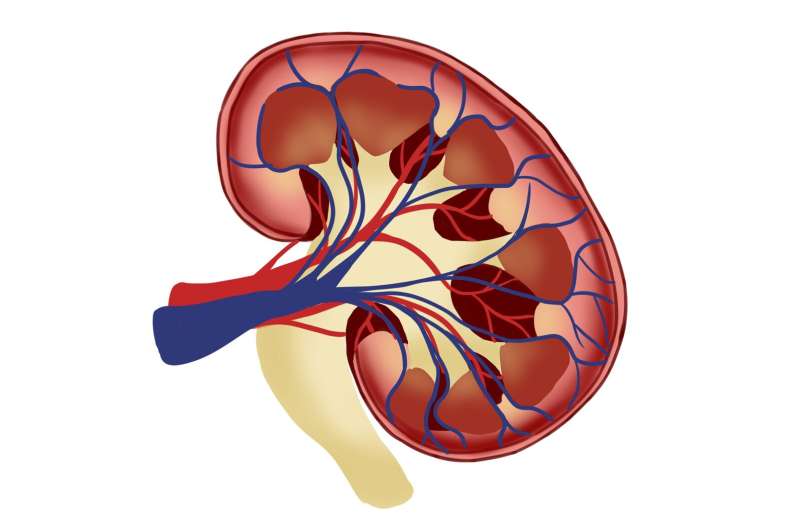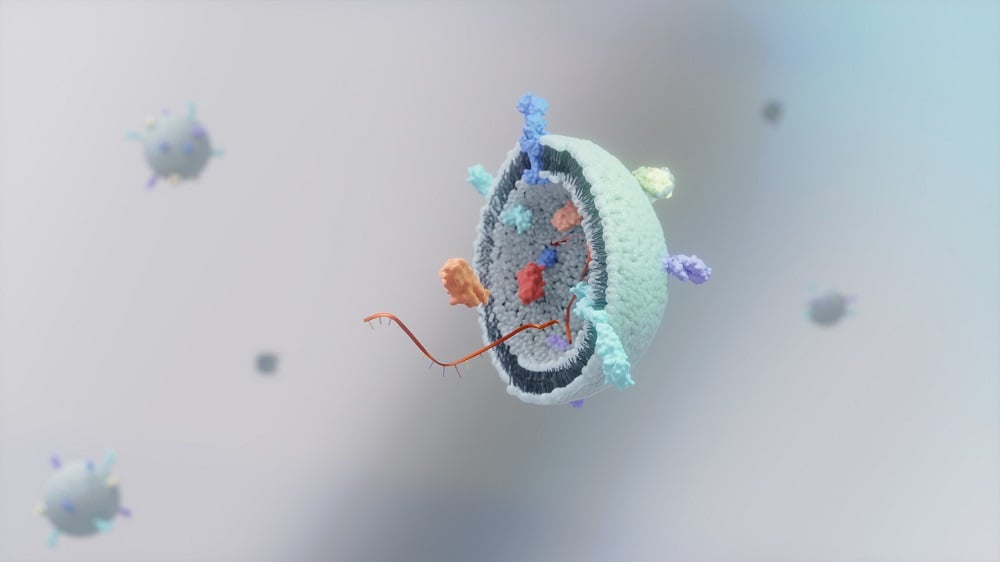In a groundbreaking study published in the journal Matter, researchers from the Max Planck Institute for Intelligent Systems (MPI-IS) have unveiled a revolutionary biohybrid micro swimmer, demonstrating remarkable swimming capabilities despite being coated with magnetic materials. This innovative approach offers promising pathways in the field of micro-robotics and targeted drug delivery.
Introduction to Magnetic Microalgae
Microalgae are naturally adept swimmers; they navigate through aquatic environments using their two whip-like flagella. The researchers aimed to explore the impact of coating these microalgae with a polymeric material enriched with magnetic nanoparticles, specifically chitosan. The query arose: would this coating hinder the microalgae’s natural swimming abilities, particularly in viscous media similar to biological fluids like mucus?
Key Findings
The study led by scientists Birgül Akolpoglu and Saadet Fatma Baltaci demonstrated that the swimming ability of these algae remained nearly unaffected by the magnetic coating. The micro algal swimmers managed to achieve an impressive swimming speed of 115 micrometers per second, significantly faster than typical human swimmers. To illustrate this:
| Entity | Swimming Speed |
|---|---|
| Microalgae | 115 µm/s (12 body lengths/s) |
| Michael Phelps | 1.4 body lengths/s |
Methodology
The coating process was efficient, taking only a few minutes, resulting in successful coverage of approximately 90% of the microalgae. Following the coating, the next phase involved steering the algae in various fluid environments, including a matrix of miniature 3D-printed channels to evaluate their navigational capabilities.
The research team implemented two systems: one incorporating magnetic coils and another using permanent magnets. This setup facilitated the control of the micro-swimmers through the creation of a uniform magnetic field that they could navigate by adjusting its direction.
Results: Effective Navigation in Confined Spaces
The experiment yielded promising results. The microalgal biohybrids exhibited three distinct navigational tactics within the 3D-printed microchannels:
- Backtracking
- : The microalgae would return to the beginning when faced with obstacles.
- Crossing: They successfully navigated along paths without guidance.
- Magnetic crossing: Utilizing magnetic fields, they moved efficiently through confined spaces.
“Magnetic guidance allowed our biohybrids to align with directional cues, demonstrating potential for navigating complex microenvironments—similar to providing them with a tiny GPS.” – Birgül Akolpoglu
Impact of Viscosity
To further the investigation, researchers subjected the microalgae to more viscous environments to simulate mucus-like conditions. Results indicated that increased viscosity slowed their movement, prompting a zigzag swimming pattern. This phenomenon underscores the significance of viscosity and magnetic alignment adjustments in optimizing microrobots’ navigation capabilities in challenging environments.
Future Applications in Biomedicine
The potential implications of this research extend into the medical field, particularly in targeted drug delivery. The capability of these engineered microalgae to navigate complex biological structures presents an exciting opportunity for future innovations in biomedicine. As the researchers summarize:
“Our findings could revolutionize how we approach drug delivery in tight, confined bodily environments, leveraging biology and engineering to create smarter therapeutic agents.”
Conclusion
The successful development of magnetic microalgae represents a significant leap forward in the integration of biology and robotics, paving the way for innovative applications that harness the natural efficiency of biological systems. As researchers continue to refine these micro-swimmers, the potential for biocompatible and efficient solutions in drug delivery and beyond is increasingly within reach.
References
Mukrime Birgul Akolpoglu et al, Navigating microalgal biohybrids through confinements with magnetic guidance, Matter (2025).
For more detailed information, visit Science X.













Discussion